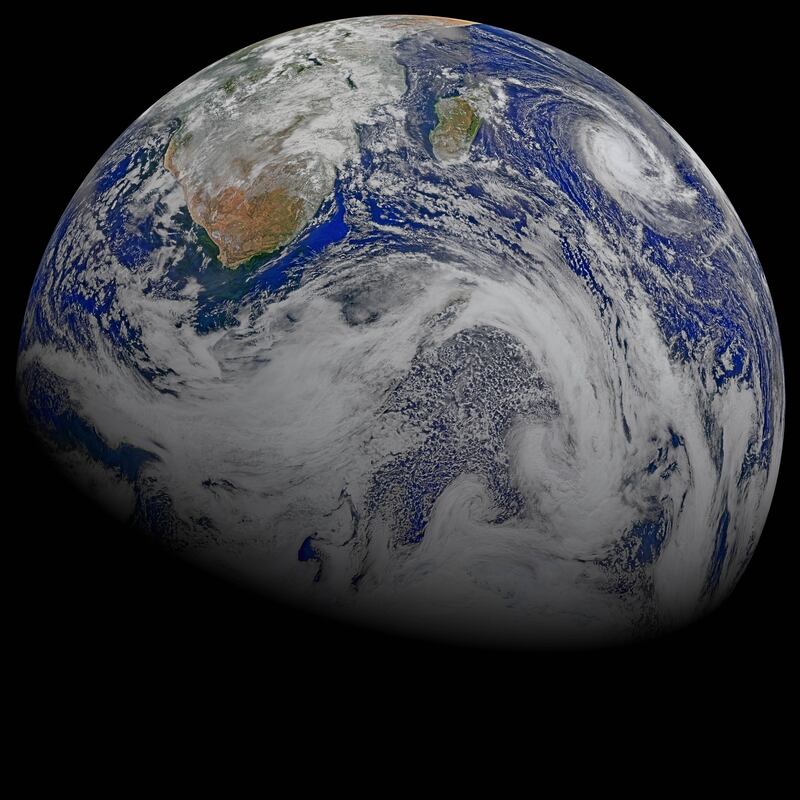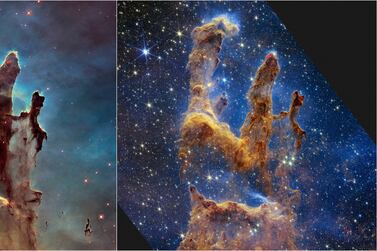A haunting audio recording released by the European Space Agency on Tuesday reveals what the Earth's magnetic field “sounds” like.
The magnetic field protects life from cosmic radiation and charged particles carried by powerful winds flowing from the Sun, according to a report by the ESA.
It is not something that humans can see or hear.
In recent years, scientists at the Technical University of Denmark have taken magnetic signals measured by ESA’s Swarm satellite mission and converted them into sound, the report said.
The results are spooky. The five-minute audio includes crackling sounds and what sounds like deep breathing.
“The team used these magnetic signals to manipulate and control a sonic representation of the core field,” musician and project supporter Klaus Nielsen from the Technical University of Denmark said in the report.
“The project has certainly been a rewarding exercise in bringing art and science together.”
Although the recording may sound like someone's worst nightmare, it “represents the magnetic field generated by Earth’s core and its interaction with a solar storm,” said the report.
ESA said the audio is a way to remind people that “the magnetic field exists and although its rumble is a little unnerving, the existence of life on Earth is dependent on it.”
The project was launched in 2013 and its aim was to understand exactly how the magnetic field is generated by measuring precisely the magnetic signals that stem not only from Earth’s core, but the mantle and the oceans.
It will also improve understanding of weather in space, ESA said in the report.
The magnetic field is generated by an ocean of superheated, swirling liquid iron that makes up the outer core about 3000 kilometres beneath the Earth's surface, said ESA.
“Acting as a spinning conductor in a bicycle dynamo, it creates electrical currents, which in turn, generate our continuously changing electromagnetic field,” the report said.








